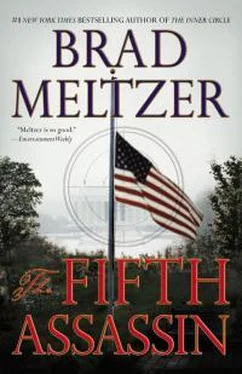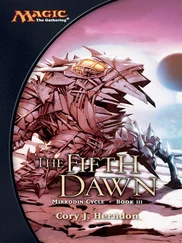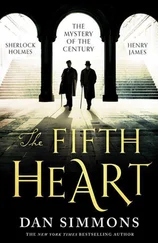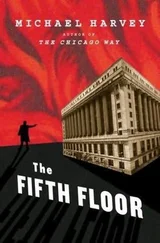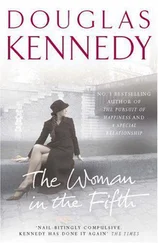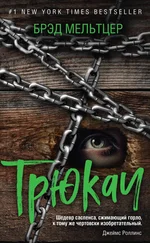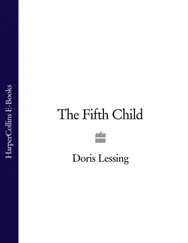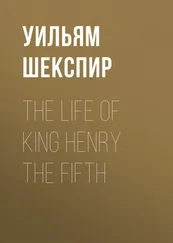First, the President loved World’s Fairs.
Second, McKinley was at the height of his power. Months earlier, he’d started his second term. And just a day earlier, he’d used the Expo to give the speech of his life, calling for “concord, not conflict” and proclaiming, “God and man have linked the nations together”—evoking what many described as the hope and scope of George Washington’s Farewell Address.
So after a breathtaking morning visiting the natural miracle of Niagara Falls, the President was having a perfect day… until his secretary—a wise man and Culper Ring member named George B. Cortelyou—said that he had a bad feeling about the afternoon’s big public event at the Music Pavilion. When Cortelyou suggested that the President skip the reception and enjoy some quiet time, McKinley would have none of it.
“Why should I?” the President asked. “No one would wish to hurt me.”
Of course, the President didn’t know about Leon Czolgosz, the pale-skinned, blue-eyed twenty-eight-year-old who was now waiting for him inside the wide Temple of Music Pavilion.
Like Guiteau, Czolgosz was short and slightly built.
Like John Wilkes Booth, he wore a mustache.
And like both of them, he was prepared, arriving so early for the event that he had a prime spot right by the stage.
Czolgosz knew this was God’s will. Especially when he saw the venue. The Temple of Music. How perfect. A temple.
From there, his plan was simple. He’d stand in line like the hundreds of others who were waiting to shake the President’s hand. And when it was Czolgosz’s turn, well… His right hand was covered by a handkerchief so it looked bandaged. But underneath the handkerchief, Czolgosz held the .32 caliber Iver Johnson revolver that would end the President’s life.
All he had to do was wait.
As McKinley entered the room, the grand organ played the national anthem, and the crowd let out a huge cheer.
The Secret Service weren’t nearly as thrilled. One year earlier, an assassination plot to kill the top rulers in the world had been discovered. The first two on the list were already dead. President McKinley was number five.
“Watch every man approaching the President,” one of them warned.
They did. But as the long line of strangers and admirers snaked toward the President—as McKinley shook every hand and literally kissed every baby—none of them noticed the man with the slight mustache who was waiting in line so patiently. Dressed in shirt and tie, he looked like everyone else—except for the handkerchief that was covering his hand.
Watching from the crowd, Leon Czolgosz took another step forward. He was almost at the front.
Across the room, the massive organ began playing Schumann’s Traumerei .
Looking at his pocket watch, the President’s secretary asked that the doors be closed—the line needed to be cut off.
Czolgosz never panicked. He took another calm step forward, so close that he could see the carnation that President McKinley always wore in his lapel.
As for the Secret Service, they were focused on the man directly behind Czolgosz—a large black waiter named James Parker. He was the suspicious one. The Negro.
With only one person in front of him, Czolgosz took a breath, knowing this was it.
The President smiled at Czolgosz, reaching for a handshake.
Czolgosz never smiled back. Facing the President, he extended his hand, pressed the handkerchief-covered gun against McKinley’s chest, and fired two quick shots.
McKinley stumbled backward, crashing into a potted plant as blood poured out through his shirt.
The handkerchief that held the gun burst into fire from the gunshots.
Fairgoers screamed. People in the room scattered.
Czolgosz tried to fire again, but James Parker, the large black man behind him, smashed the assassin with one hand and grabbed the gun with the other. Within seconds, the Secret Service and other fairgoers tackled him to the ground.
“ I done my duty! ” Czolgosz shouted.
It was the same thing he’d later say to the police. “I done my duty.” But when the police asked him to write it as a confession, Czolgosz’s hands were shaking too much. So they brought in a stenographer, who typed what Czolgosz repeated over and over: I done my duty. I done my duty. I done my duty!
He had.
Behind him, the President collapsed to the floor, blood now soaking his shirt. The first bullet had hit McKinley in the chest, right between his second and third ribs—but it never penetrated the skin, deflecting off a button.
The second bullet did the real damage, hitting the President in the stomach, entering down the front of his abdomen, and burrowing toward his back.
As the pavilion was cleared, the Secret Service agents were still beating on Czolgosz.
“Be easy with him, boys,” McKinley called out, trying to protect his attacker even as he fought to stay conscious.
As Czolgosz was taken into custody, he initially told a policeman that his name was Fred Nieman, an alias that came from the word Niemand , which in German meant Nobody . He was Nobody.
As for the President, a group of hastily assembled doctors, headed by a gynecological surgeon, rushed him into surgery to find the second bullet. Thomas Edison sent an early version of an X-ray machine, though it wasn’t used. As heads of state flooded into Buffalo, including Robert Todd Lincoln, who now had the distinction of being near all three assassinations, the nation held its collective breath.
The doctors never found the bullet. The technology at the time couldn’t see the extent of the damage. Eight days later, President McKinley was dying from infection.
After singing his favorite hymn (“Nearer, My God, to Thee”) and saying his favorite prayers, McKinley’s final words were simple: “Oh, dear.”
Yet for the Knight of Clubs, the battle had just begun.
Unlike his predecessor, who had murdered President Garfield, Leon Czolgosz wasn’t a raving nut. He was calm. Unafraid. In his jail cell, he combed his hair methodically, and asked for a handkerchief, which he would fold and refold over and over on his gun hand.
From the moment he was arrested, Czolgosz insisted on only one thing: He was working alone.
Few believed it.
Government officials pointed to his ties to various anarchist groups.
But those same groups, five days before the shooting, had issued a warning in their anarchist publications that Leon Czolgosz was actually a spy working for the government.
Accusations flew in every direction. But Leon Czolgosz remained as calm as he was when he stood in line to kill the President, never losing sight of the bigger mission.
“I don’t regret my act,” Czolgosz explained, “because I was doing what I could for the Great Cause.”
With McKinley cut down, the nation demanded vengeance. Czolgosz was rushed through a two-day trial and immediately sentenced to death. Indeed, the electricity from Niagara Falls, which literally lit the Pan-American Expo where the crime took place, also supplied the current that ran Czolgosz’s electric chair.
When he died, a death mask was made of Czolgosz’s face. After the autopsy, which found no evidence of delusion or craziness in his brain, his body was placed in a black casket and covered with sulfuric acid. The warden didn’t want Czolgosz to become a martyr.
His body disintegrated in twelve hours. His clothes and all his letters were burned.
Except one.
A man named John Grinder came forward with a letter that Czolgosz had written him a few weeks before the shooting. Both Czolgosz and Grinder were members of the Golden Eagle Lodge, which most history books fail to mention was also known as…
Читать дальше
